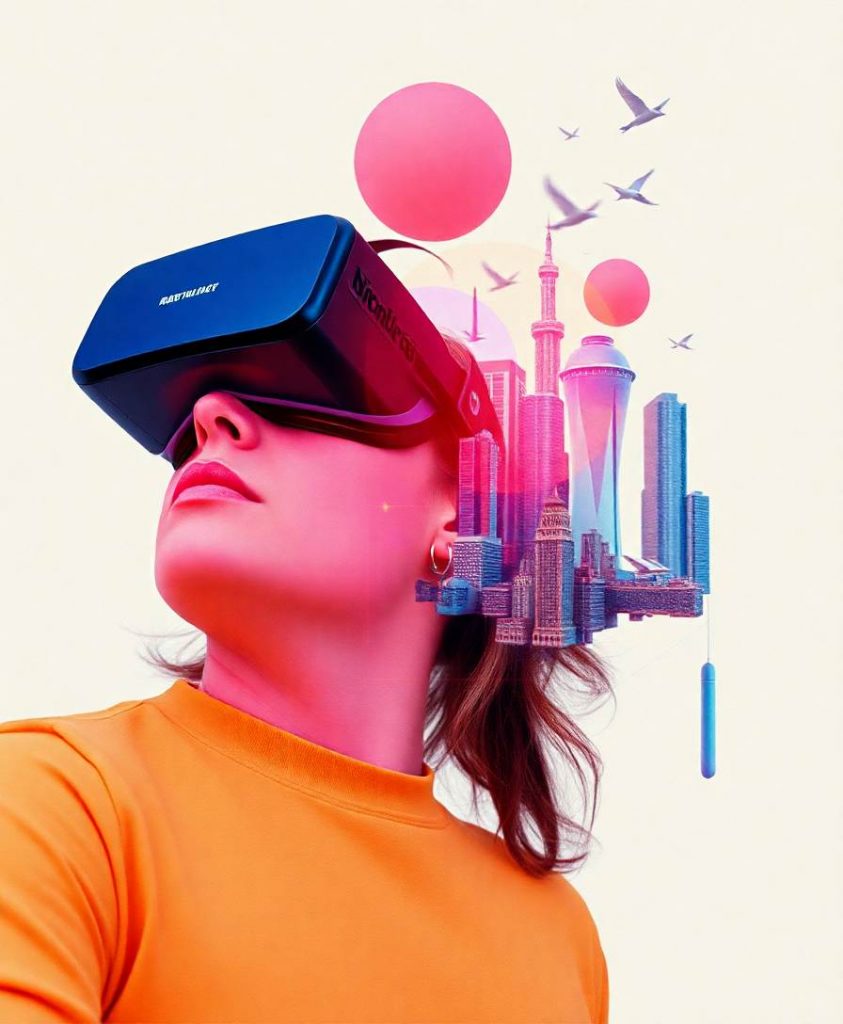Prolonged bed rest causes a multitude of deleterious physiological changes in the human body that require interventions even during immobilization to prevent or minimize these negative effects. In addition to other interventions such as physical and nutritional therapy, non-physical interventions such as cognitive training, motor imagery, and action observation have demonstrated efficacy in mitigating or improving not only cognitive but also motor outcomes in bedridden patients. Recent technological advances have opened new opportunities to implement such non-physical interventions in semi- or fully-immersive environments to enable the development of bed rest countermeasures. Extended Reality (XR), which covers augmented reality (AR), mixed reality (MR), and virtual reality (VR), can enhance the training process by further engaging the kinesthetic, visual, and auditory senses. XR-based enriched environments offer a promising research avenue to investigate the effects of multisensory stimulation on motor rehabilitation and to counteract dysfunctional brain mechanisms that occur during prolonged bed rest. This review discussed the use of enriched environment applications in bedridden patients as a promising tool to improve patient rehabilitation outcomes and suggested their integration into existing treatment protocols to improve patient care. Finally, the neurobiological mechanisms associated with the positive cognitive and motor effects of an enriched environment are highlighted.


